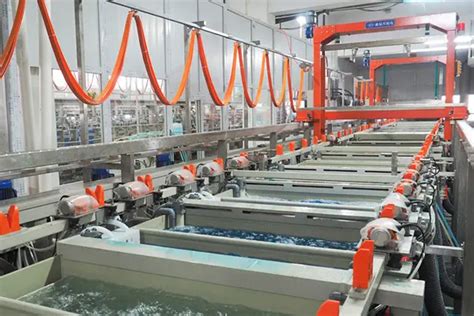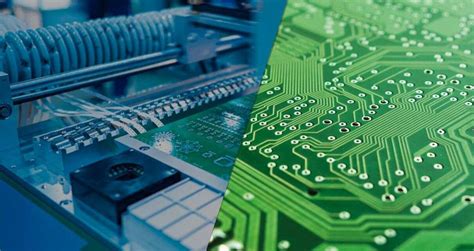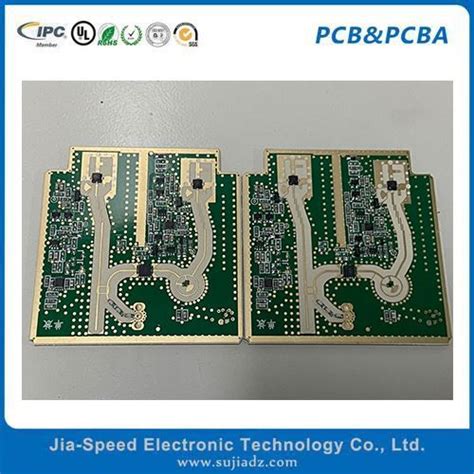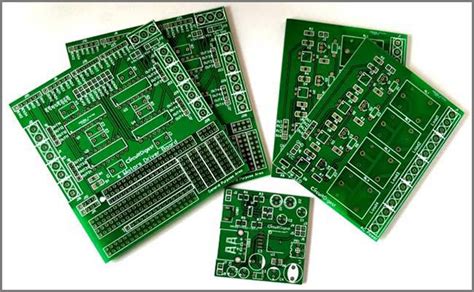High Quality PCB Fabrication: Domestic vs Overseas Options
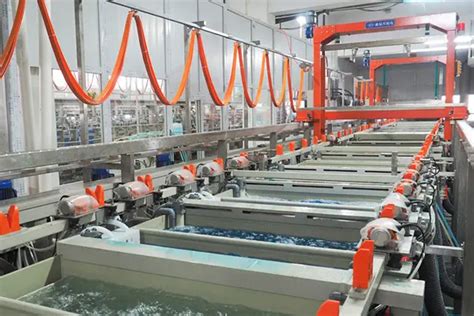
Key Takeaways
When evaluating PCB manufacturing options, understanding the balance between pcb manufacturing cost and quality is critical. Domestic pcb manufacturing companies often provide faster lead times (typically 3-7 days for prototypes) and stricter adherence to intellectual property (IP) protections, while overseas suppliers may reduce pcb manufacturing business expenses by 30-60% through scaled production.
Precision standards vary significantly: North American facilities frequently guarantee ±2 mil tolerances for complex designs, whereas Asian manufacturers might prioritize cost efficiency over ultra-tight specifications. For projects requiring rapid iteration, local suppliers minimize logistical delays, but bulk orders from overseas become economically viable.
Tip: Always request certified test reports (https://www.andwinpcba.com) often influence pricing structures and technical capabilities.
IP security remains a key concern with offshore partners—opt for NDAs and tier-1 certifications like ISO 9001 to mitigate risks. Ultimately, aligning your priorities (speed, budget, or precision) determines whether domestic or overseas pcb manufacturing better serves your project’s lifecycle.

High-Quality PCB Fabrication Costs Compared
When evaluating PCB manufacturing costs, you’ll find significant disparities between domestic and overseas suppliers. North American PCB manufacturing companies typically charge 30–50% more per square inch than Asian counterparts for comparable specifications. This gap stems from differences in labor rates, material sourcing, and operational overhead. For example, a 4-layer prototype might cost $250–$400 domestically versus $80–$150 from overseas suppliers. However, hidden expenses like import duties, shipping delays, or quality rework can offset initial savings with international partners.
| Cost Factor | North American Suppliers | Asian Suppliers |
|---|---|---|
| Base Cost per sq. in. | $3.50–$5.20 | $1.80–$3.10 |
| Setup Fees | $50–$200 | Often waived |
| Minimum Order | 5–10 boards | 1–2 boards |
Domestic PCB manufacturing business models prioritize low-volume, high-mix production with tighter tolerances (e.g., ±3 mil vs. ±5 mil overseas). While Asian factories excel in economies of scale, their PCB manufacturing cost structures often sacrifice flexibility for bulk pricing. For prototypes requiring rapid iteration or mil-spec materials, local suppliers may deliver better long-term value despite higher upfront quotes. Always cross-verify quoted rates against certifications like IPC-6012 or ISO 9001 to avoid quality compromises masked by attractive pricing.
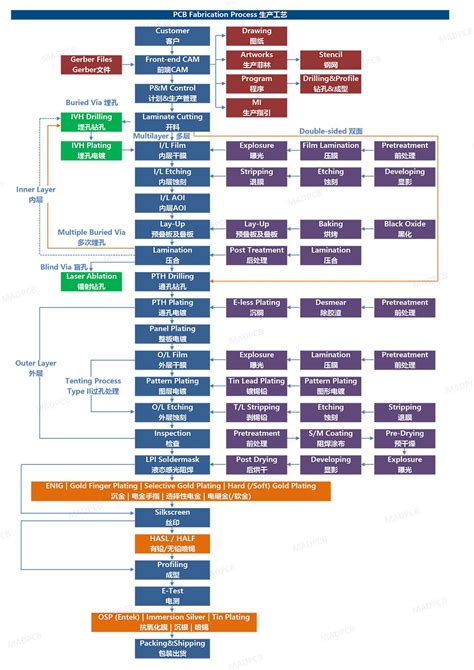
Domestic vs Overseas PCB Quality Standards
When evaluating PCB manufacturing options, understanding regional quality benchmarks becomes critical. Domestic North American suppliers typically adhere to IPC-6012 Class 2/3 standards, ensuring tighter tolerances for high-reliability applications like aerospace or medical devices. Overseas PCB manufacturing companies, particularly in Asia, often prioritize cost efficiency, aligning with ISO 9001 or UL certification frameworks that balance affordability with baseline performance.
Material sourcing plays a pivotal role: domestic facilities frequently use ITAR-compliant substrates and traceable components, while overseas providers may leverage economies of scale to reduce PCB manufacturing cost but face variability in raw material quality. For instance, copper thickness tolerances in Asian factories might range ±20% versus ±10% in U.S.-based operations, impacting signal integrity in high-frequency designs.
Testing protocols further differentiate regions. Domestic PCB manufacturing business models often include automated optical inspection (AOI) and flying probe tests as standard, whereas overseas partners might charge extra for these services. While both regions can produce functional boards, prototyping precision and post-production support—like rework guarantees—tilt toward domestic suppliers for mission-critical projects.
Ultimately, your choice hinges on aligning quality expectations with project requirements. A consumer electronics startup might prioritize PCB manufacturing cost savings overseas, while a defense contractor would lean toward domestic-certified precision—even at higher rates.
Lead Times: Local vs Asian PCB Suppliers
When evaluating PCB manufacturing timelines, geographic proximity plays a decisive role. Domestic PCB manufacturing companies often provide accelerated turnaround—typically 3-5 business days for prototypes—due to streamlined logistics and reduced shipping distances. This speed is critical for rapid iteration, especially if you’re testing designs under tight deadlines. In contrast, Asian suppliers may quote lower PCB manufacturing costs, but their standard lead times stretch to 10-15 days, with additional delays from customs clearance or international freight.
However, high-volume orders reveal a different dynamic. While local fabricators prioritize smaller batches, Asian manufacturers leverage scaled operations to maintain competitive timelines for bulk production. For instance, a 1,000-unit order might take 12-15 days domestically versus 18-22 days overseas—but with significant cost disparities. This discrepancy forces you to weigh time-sensitive needs against budget constraints.
It’s worth noting that some Asian PCB manufacturing business models now offer express shipping or regional warehouses to mitigate delays. Yet, unpredictable factors like port congestion or regulatory checks can still erode time savings. If your project demands precision timing—such as aligning with product launches—domestic suppliers reduce risks of cascading delays. Always cross-verify quoted lead times against real-world feedback, as advertised numbers sometimes exclude hidden bottlenecks.
IP Security Risks in Overseas PCB Production
When evaluating PCB manufacturing companies abroad, intellectual property (IP) protection becomes a critical concern. While lower PCB manufacturing costs in regions like Asia may seem appealing, sharing proprietary designs with overseas suppliers introduces vulnerabilities. Differences in legal frameworks and enforcement standards can expose sensitive data to unauthorized replication or leaks, particularly in jurisdictions with weaker IP safeguards.
Your prototype designs or patented circuitry could risk exposure through multiple channels: unsecured file transfers, subcontracting without consent, or inadequate facility security. Some PCB manufacturing business models in cost-competitive markets prioritize volume over confidentiality, increasing the likelihood of design theft. To mitigate these risks, you’ll need to scrutinize suppliers’ security certifications—like ISO 27001—and insist on ironclad non-disclosure agreements (NDAs).
However, balancing PCB manufacturing cost savings with security isn’t impossible. Many overseas manufacturers now offer encrypted design submission portals and on-site audits to reassure clients. Still, the burden falls on you to verify supply chain transparency and avoid suppliers with ambiguous ownership structures. For IP-sensitive projects, domestic fabrication might justify higher costs by ensuring legal recourse and tighter data controls—a tradeoff worth weighing against short-term savings.
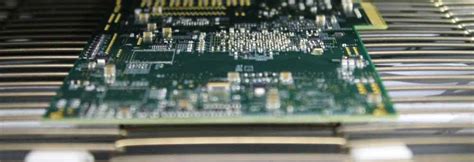
Precision Engineering in PCB Prototyping
When evaluating PCB manufacturing options for prototyping, precision hinges on tolerances, material selection, and advanced fabrication techniques. Domestic PCB manufacturing companies often leverage laser direct imaging and automated optical inspection (AOI) systems to achieve trace widths below 3 mils and via diameters under 0.15mm—critical for high-frequency or miniaturized designs. Overseas suppliers, while competitively priced, may prioritize PCB manufacturing cost efficiency over micron-level accuracy, potentially risking impedance mismatches or signal integrity issues.
You’ll find that layer-to-layer alignment tolerances differ significantly: North American fabricators typically guarantee ±1.5 mils, whereas Asian counterparts might operate at ±3 mils for standard orders. This becomes crucial when designing multilayer boards requiring precise thermal management or RF shielding. While advanced Asian facilities can match these specs, verifying their capabilities adds time to the PCB manufacturing business workflow.
The choice ultimately balances your project’s signal integrity requirements against budget constraints. Prototyping with domestic partners reduces revision cycles through stricter DFM (Design for Manufacturing) checks, while overseas options may suffice for less complex boards—if you’re willing to absorb potential rework costs.
Cost vs Quality: PCB Manufacturing Tradeoffs
When evaluating PCB manufacturing options, you’ll often face a critical balancing act: optimizing PCB manufacturing cost without sacrificing performance. Domestic PCB manufacturing companies typically charge 30-50% more than overseas counterparts, reflecting higher labor rates, stricter environmental regulations, and advanced quality control systems. However, prioritizing the lowest possible price might mean accepting thinner copper weights or looser tolerance standards—compromises that could undermine reliability in high-frequency or mission-critical applications.
Asian suppliers dominate the PCB manufacturing business for budget-conscious projects, but their cost advantage diminishes when you factor in hidden expenses like import duties, extended lead times for revisions, or potential rework due to quality mismatches. Conversely, North American fabricators often provide design-for-manufacturability (DFM) support as part of their service, reducing error risks that might inflate total costs over time. For prototypes requiring ±0.075mm trace tolerances or impedance-controlled layers, paying a premium for domestic PCB manufacturing could prevent costly redesigns later.
The optimal choice hinges on your project’s phase: overseas production might suit simple, high-volume boards, while domestic partners offer better risk management for complex designs where first-time-right execution is paramount. Always cross-verify quoted PCB manufacturing cost against certified quality certifications like ISO 9001 or IPC Class 3 compliance to avoid false economies.

North American PCB Supplier Advantages
When evaluating PCB manufacturing partners, North American suppliers offer distinct benefits that align with specific project requirements. While pcb manufacturing cost might initially appear higher compared to Asian counterparts, domestic providers reduce hidden expenses through streamlined logistics, minimized import duties, and predictable shipping timelines. Local pcb manufacturing companies often maintain stricter adherence to IPC Class 2/3 standards, ensuring consistent quality for prototypes and low-volume batches—a critical factor for industries like aerospace or medical devices.
Geographic proximity enables real-time collaboration, allowing you to address design revisions faster and avoid costly miscommunications common in overseas production. Intellectual property (IP) protection also becomes more robust, as domestic pcb manufacturing business operations fall under familiar legal frameworks, reducing risks of data breaches or unauthorized replication. For time-sensitive projects, regional suppliers typically deliver prototypes in 3-5 days, versus 2-3 weeks for international shipping-dependent orders.
However, balancing these advantages requires assessing your priorities: if high-volume production dominates your needs, Asian manufacturers might offset lower per-unit pcb manufacturing costs. Yet for projects demanding precision, rapid iteration, or IP-sensitive designs, North American partners provide a risk-mitigated ecosystem that often justifies the premium.
Global PCB Sourcing Myths Debunked
When evaluating PCB manufacturing partners, you’ll encounter persistent myths about global sourcing. One common misconception is that overseas suppliers universally offer lower PCB manufacturing costs—but this ignores hidden variables like tariffs, shipping delays, or rework expenses. While Asian PCB manufacturing companies often excel at high-volume orders, modern North American fabricators now compete aggressively on prototyping speed and technical support, narrowing the price gap for smaller batches.
Another myth suggests that quality inevitably suffers when working internationally. In reality, ISO 9001-certified Asian manufacturers frequently match domestic precision standards, particularly for multilayer or HDI boards. However, IP security concerns remain valid: offshore PCB manufacturing business environments may lack the legal safeguards of jurisdictions like the U.S. or Canada.
Finally, the belief that lead times are always shorter domestically doesn’t account for regional specialization. Certain Asian suppliers maintain express prototyping pipelines rivaling local turnarounds, especially for advanced materials. Your decision ultimately hinges on balancing PCB manufacturing cost transparency, risk tolerance, and project complexity—not outdated assumptions about geography alone.
Conclusion
When weighing PCB manufacturing options, the decision between domestic and overseas suppliers ultimately hinges on your project’s priorities. If PCB manufacturing cost is your primary concern, Asian PCB manufacturing companies often provide competitive pricing for high-volume orders, though longer lead times and potential logistical complexities may offset initial savings. Conversely, North American suppliers excel in rapid prototyping and IP security, critical for sensitive designs or time-sensitive iterations.
For PCB manufacturing business leaders balancing precision and scalability, domestic facilities typically adhere to stricter quality certifications (e.g., IPC Class 3), while overseas partners may offer specialized capabilities for niche materials. However, hidden costs like import duties or rework expenses can blur the price gap.
Your choice should align with risk tolerance, budget flexibility, and technical requirements. Whether prioritizing PCB manufacturing speed, safeguarding intellectual property, or optimizing per-unit costs, a hybrid approach—using domestic partners for prototyping and overseas vendors for mass production—often delivers the best equilibrium. Always validate supplier credentials and request test reports to ensure compliance with your project’s standards.
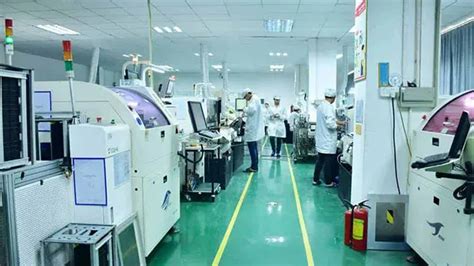
FAQs
How do PCB manufacturing costs differ between domestic and overseas suppliers?
Domestic PCB manufacturing companies typically charge 30-50% more than Asian counterparts due to stricter labor regulations and environmental compliance. However, overseas PCB manufacturing business models often achieve lower costs through scaled production and regional material advantages.
What quality variances exist in global PCB manufacturing?
North American suppliers frequently exceed IPC-A-600 standards for precision engineering, while some overseas manufacturers prioritize cost efficiency over premium specs. Always verify certifications like ISO 9001 when comparing PCB manufacturing companies.
Are lead times shorter with local PCB manufacturing partners?
Domestic prototyping often delivers in 5-7 days versus 10-15 days for overseas shipments. However, Asian suppliers excel in high-volume PCB manufacturing business orders, with accelerated timelines for batches exceeding 1,000 units.
How significant are IP risks in overseas PCB manufacturing?
While reputable Asian PCB manufacturing companies implement NDAs and data encryption, jurisdictional differences in patent enforcement remain. Sensitive designs may warrant domestic production despite higher PCB manufacturing costs.
When should precision override PCB manufacturing cost considerations?
Mission-critical applications (medical/aerospace) require domestic-grade tolerances (±0.002" vs ±0.005" overseas). For consumer electronics, many overseas PCB manufacturing providers now match domestic precision at 20-30% savings.
Explore Customized PCB Solutions
For tailored guidance on optimizing PCB manufacturing costs while maintaining quality, please click here to consult our engineering team. We specialize in bridging domestic expertise with global production networks.

